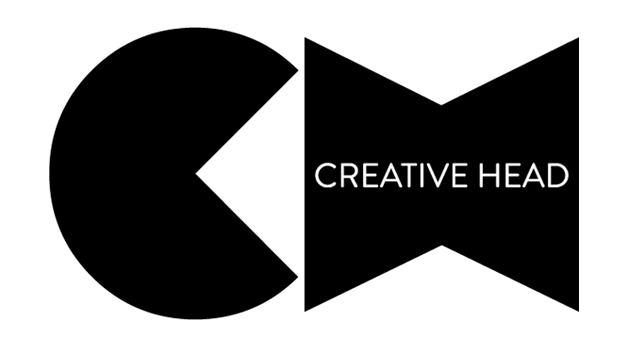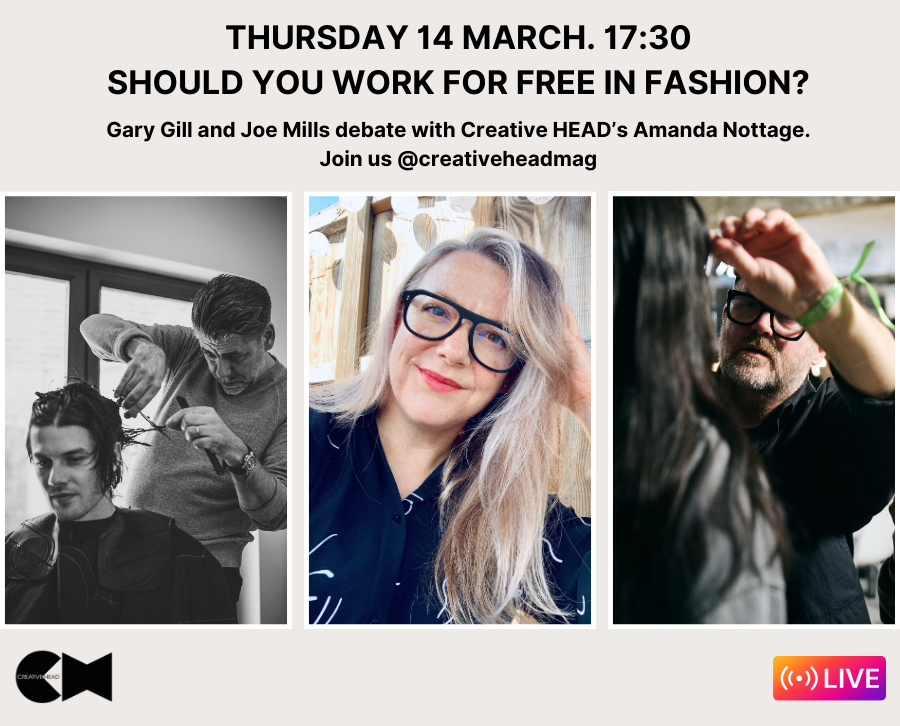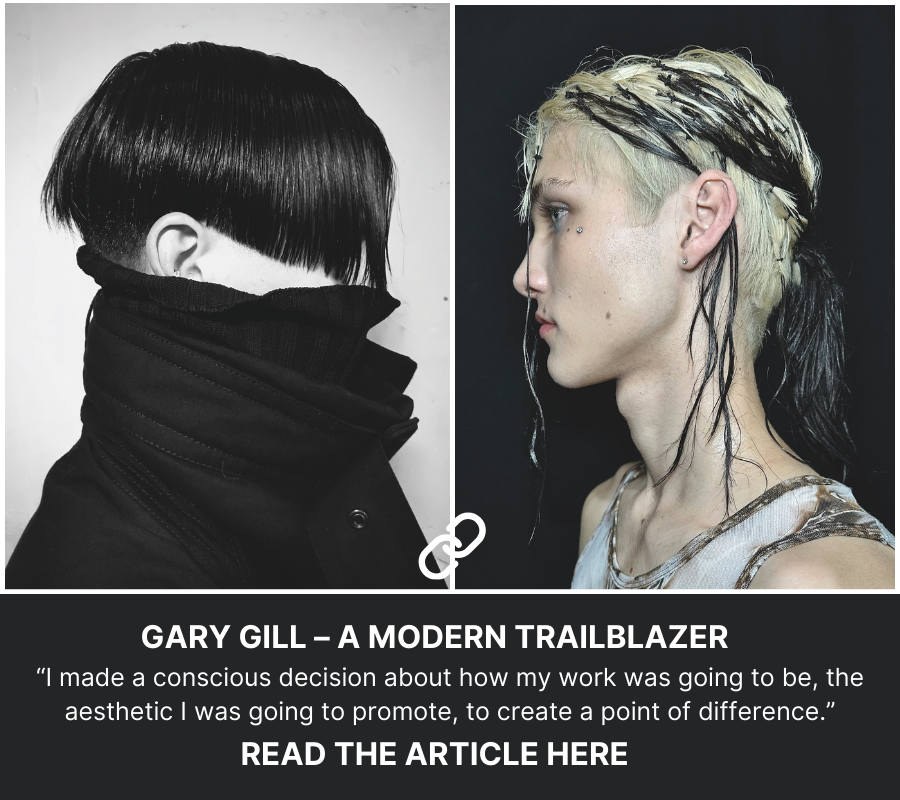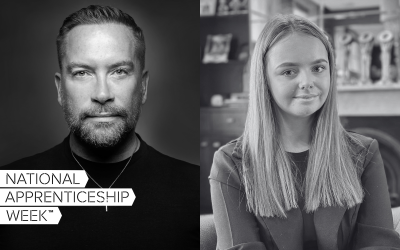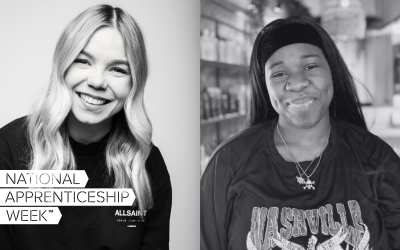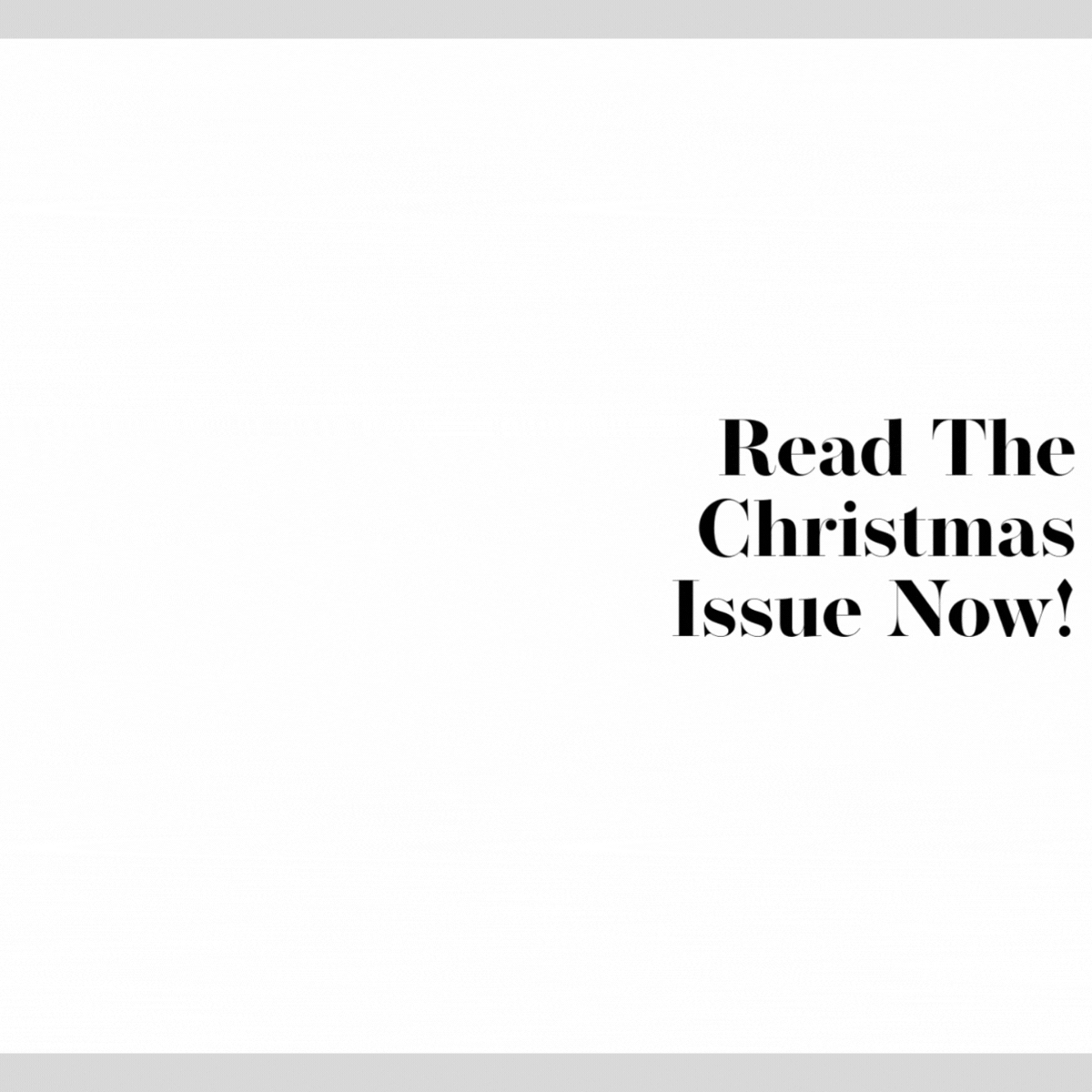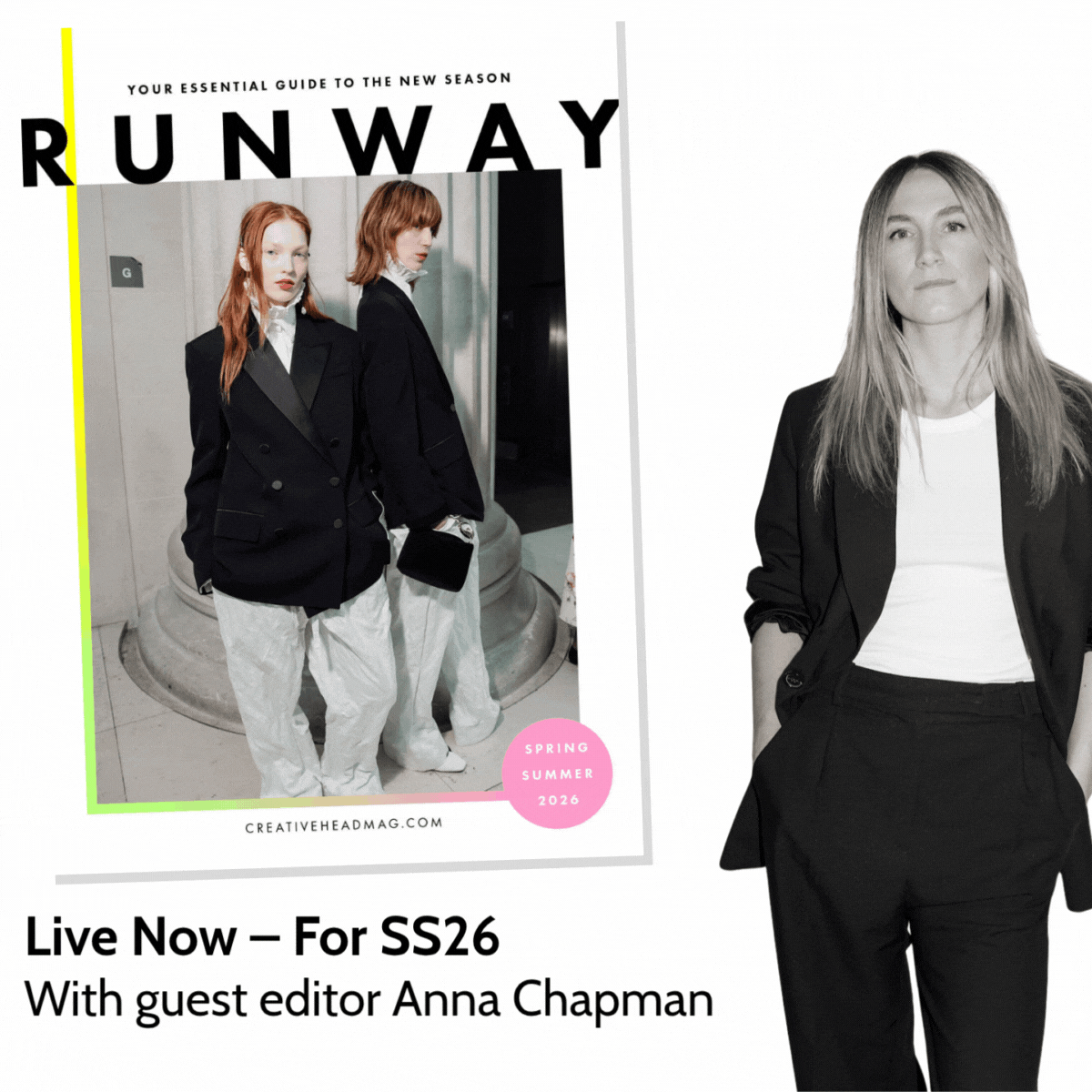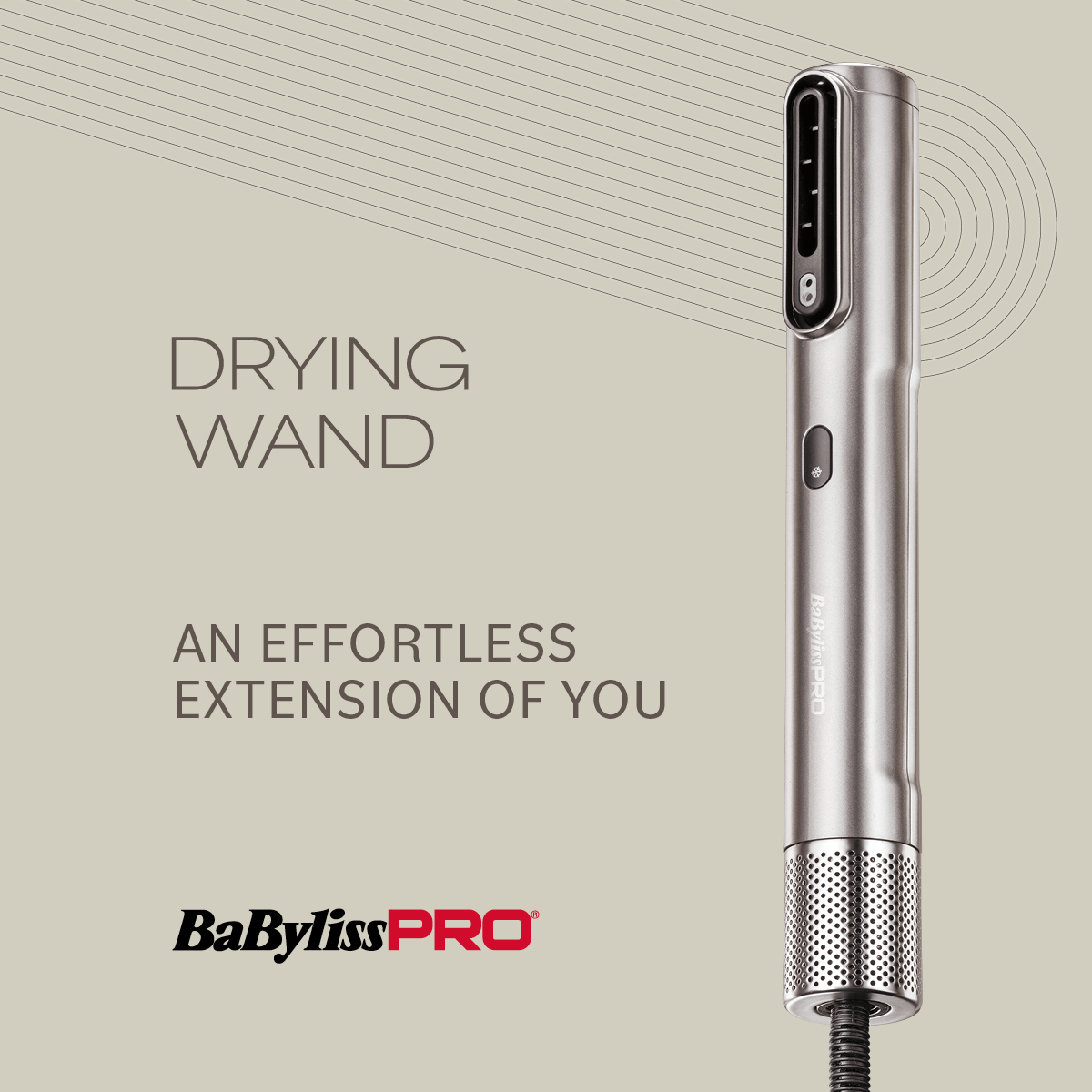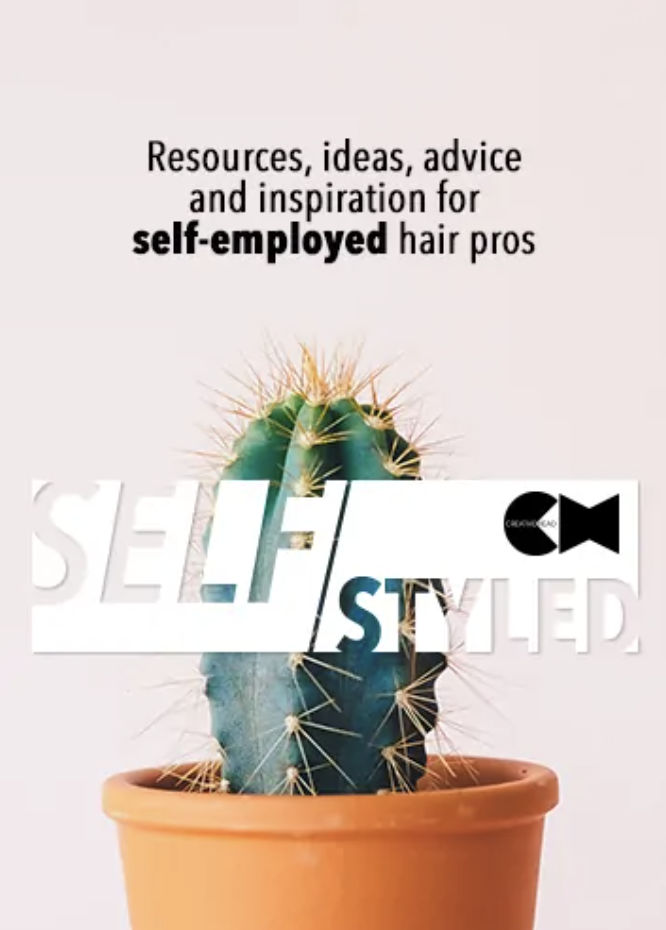TAKE IT, OR LEAVE IT
Are session stylists being bullied into working for free?
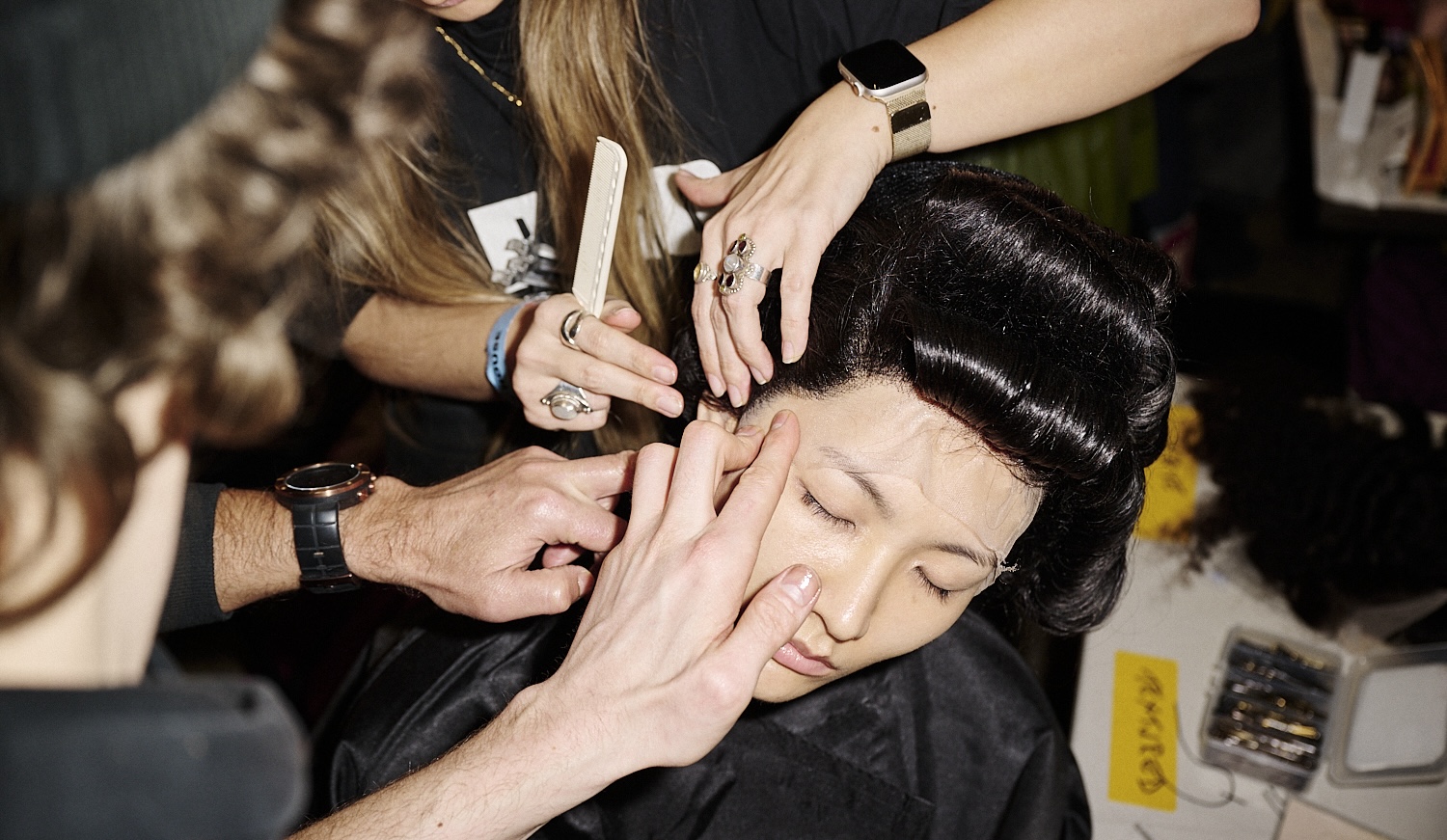
Apprenticeships don’t exist in session hairstyling. To get started, you do a lot of free work because you don’t have the experience to demand the wages. You build up your experience, you build up your portfolio and you build up your networking capacity until you can get the paying jobs… Or can you?
Joe Mills is no stranger to session work. He’s spent 20 years doing shoots and shows and has over 200 front covers and countless celebrity photoshoots to his name – about 90 per cent of which he reckons he did for free in the name of “relationship building”. But earlier this year he was requested for a front cover shoot where, yet again, he was told there was no budget for his skills on set – nope, not for a taxi across London to the studio, and not even a parking space if he chose to drive himself – only later to discover that the publication was being paid thousands of pounds by the fashion label client and possibly everyone else on set was getting paid, except him.
Enough was enough. Joe vented his feelings on Instagram and everything exploded.
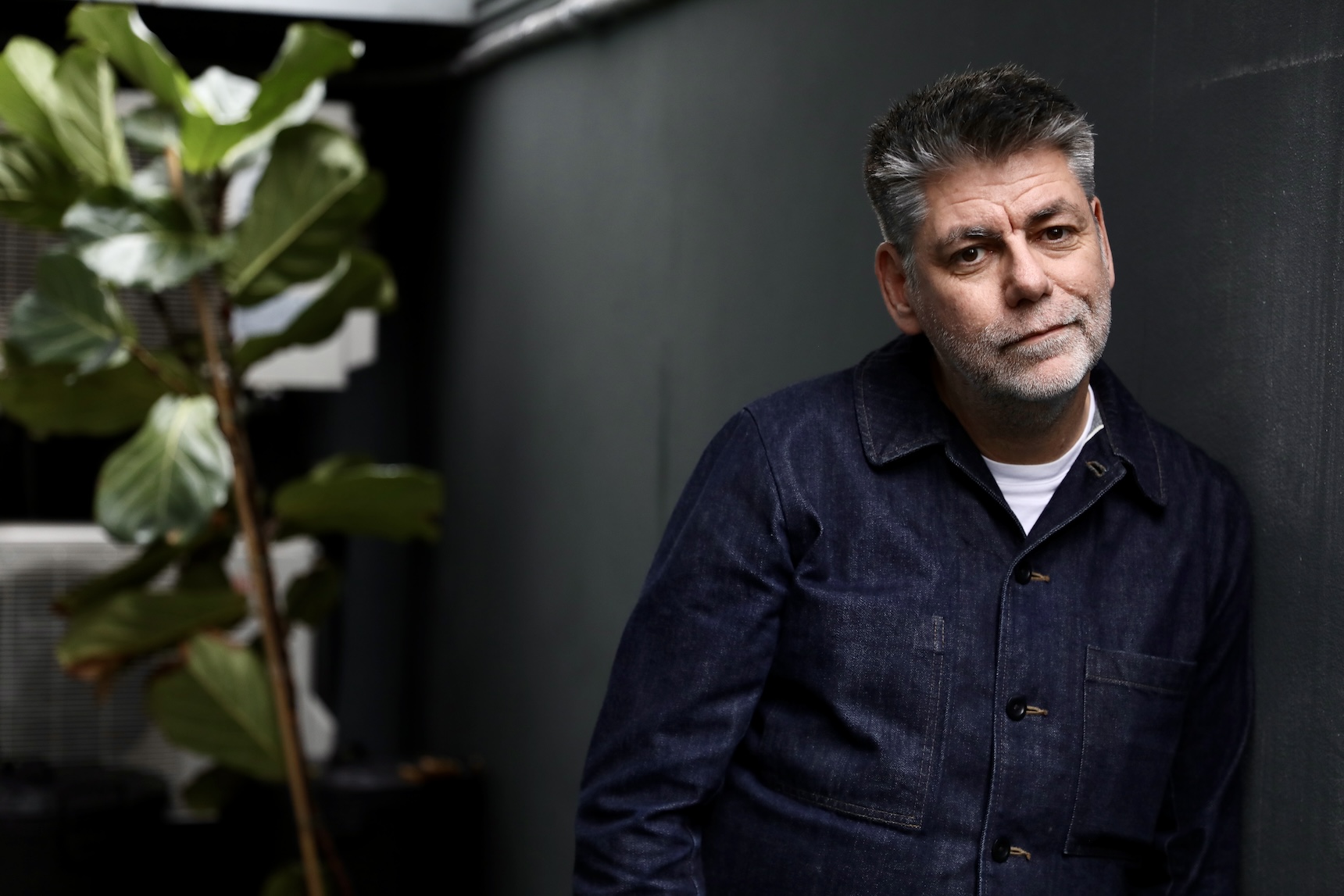
Joe Mills
“That post got about 90,000 views, hundreds of comments and I was inundated in DMs from so many make-up artists, hair pros and groomers who had the same experience as me,” says Joe. “It’s endemic. You get told there’s no budget and to work for the credit, but you get told that time and time again – for years. You work on set and you don’t know who’s getting paid or not – nobody tells you anything. I’ve been in Paris for the shows and met hairdressers who have shelled out £3,000 of their own money to be there and they fully expect to have to work for free. It’s crazy.”
So why is this? Why do so many creatives work for free (happily or otherwise) on set and backstage? Of course, there are practical reasons: building up that portfolio in the early years, for example – an agency is unlikely to represent you if you don’t have enough editorial images in your book. And yet many already successful hairdressers, like Joe, who have a portfolio teeming with celebrity clients and illustrious credits, still get asked to work unpaid, even while others on set, such as the photographer or the fashion editor, very much don’t. Why is it always the hair pro who is compromised? Is it a necessary part of the process? Is it because hairdressers feel uncomfortable asking for money (ours being an industry of people pleasers)? Or is it simply that hair pros are being exploited?
“A lot of what we do creatively as hairdressers, we are not paid for and we never have been,” says Adam Reed. “But does our desire to be creative and to have that experience on our CV mean that we’ve devalued ourselves? When I started off in session back in the ’90s, nobody was allowed backstage at Fashion Week, so I was happy to do the shows for free because it really did give me some leverage. I remember going to [talent agent] Debbie Walters in the hope that I could pay her to represent me, and she said, You know you’re going to work the next two years for free. And she was right. And the thing is, not only would I do the show for free, but I would also bring a whole team of hairdressers with me, who also worked for free. And what I believe happened is that the designers started to realise the hairdresser came for free and that practice kind of bedded in.

Adam Reed
“Looking back at that time, I’ve asked myself whether I’m part of the reason for the problem that exists now, or whether in fact I opened up an opportunity for those other hairdressers that they would never otherwise have got? I do understand my value, but I also believe I devalued what I do by saying, ‘Okay, I’ll do it for free’. And actually, it’s a culture that’s been indoctrinated not just into hairdressing but also make-up artists and clothes stylists. It affects a lot of people.”
“I’ve met hairdressers who’ve shelled out £3,000 of their own money to be in Paris and fully expect to work for free, it’s crazy.”
Joe Mills
One thing is for sure: there is A LOT of money sloshing around from brands involved at Fashion Week and in magazines, but very little of it – if any – comes the hairdresser’s way. (Part of what Joe Mills is exploring is the net worth of the fashion and beauty brands who sponsor the shoots and shows where hairdressers work for free.) And working for free does not mean the favour will be returned – far from it.
“I’ve been working in session for a long time now, and this is definitely the worst it’s ever been,” says session legend Sam McKnight. “Magazines have become such commercial entities nowadays and we are just commodities. They say to brands, ‘Pay us to set up the shoot for you,’ and then they work on the basis that they’ll get the whole team for free. Well, did anyone tell that to the team? No, of course not, because that shoot is not editorial, it’s advertorial and that’s a whole different proposition and the team should be getting paid. It used to be you worked for free in exchange for a credit, but when they post the pictures online they’re not crediting hair and make-up, so the ‘contract’, such as it is, is broken.
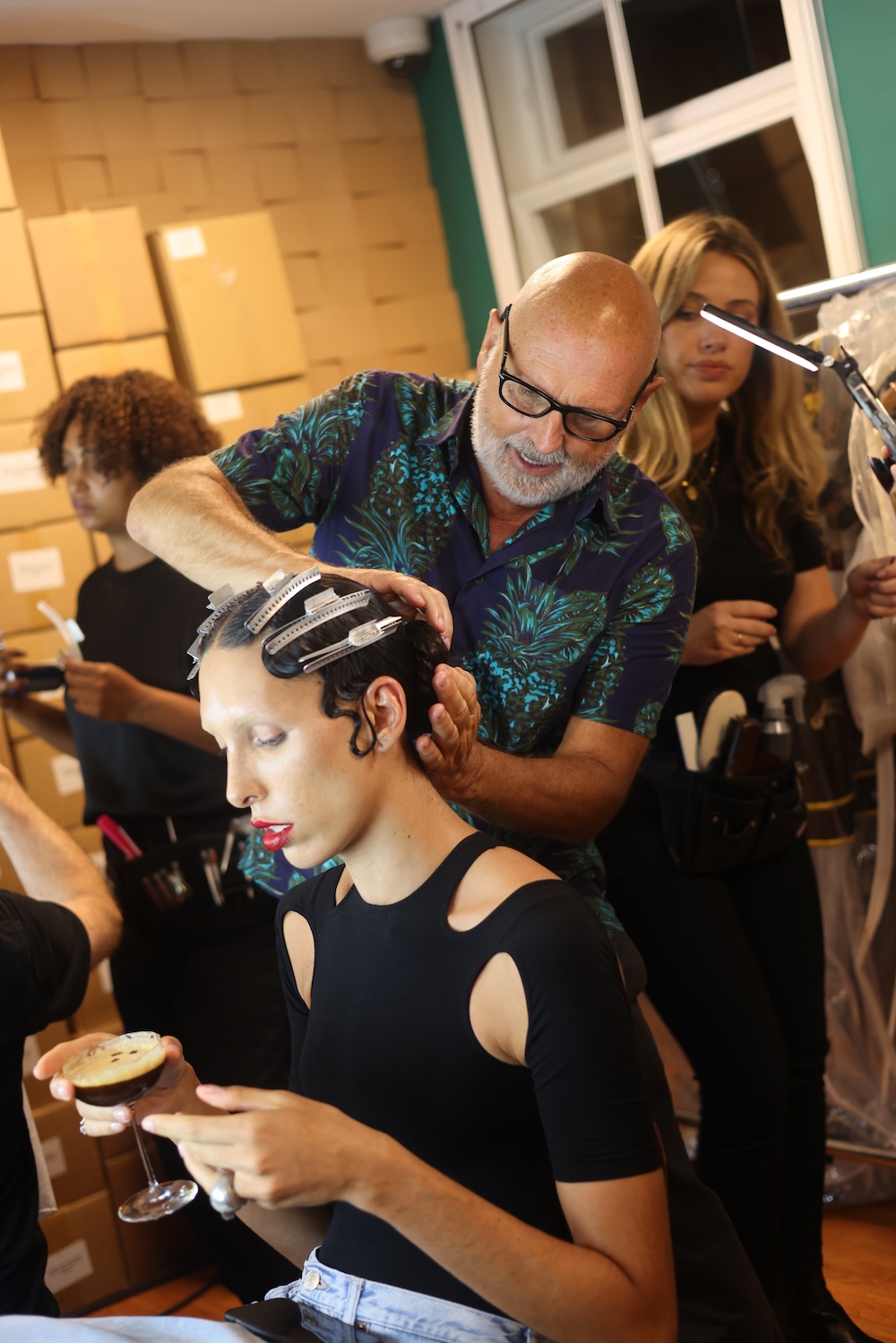
Sam McKnight
According to Sam, things started to change – on set and backstage – once production companies got involved. “Back in the day, there were no production companies. It was the photographer’s assistant who booked hair and make-up, sorted out cars for everybody, took care of catering. It was very small. But now it’s on the scale of the film industry and these production companies are in charge of the budgets and they charge their 20 per cent at the outset and then there’s a pecking order as to who gets the rest. And, as with everything in life, the money stays at the top and doesn’t trickle down – and hair and make-up are the easiest victims.”
Sam believes the issue of pay is indicative of a wider lack of respect towards hairdressers that extends to working conditions, too. “At the shows, you’ll have someone with a clipboard who’s decided they can fit 30 hairdressers, 60 models, 30 make-up artists and some press photographers into a space the size of the bus shelter,” he says. “There was a shoot where [make-up artist] Val Garland and I were prepping models in 35-degree heat in the photographer’s office because that was where we’d been allocated. And while the two of us are eating our M&S crisps for lunch, the publisher calls in from his holiday in Mustique. That was a real lightbulb moment. I don’t begrudge anyone their holiday, that’s fine. But it’s only fine if you’re making sure everybody else is fine at the same time.”
British fashion is a £26 billion industry, according to the British Fashion Council, but it has become increasingly reliant – if not wholly dependent – on large corporations, who sponsor entire fashion weeks, emerging designer shows and even transport for attendees. You would imagine that the arrival of financial support would spell good news for cash-strapped creatives, but that is often far from the case.
“It’s tricky because who wants to put their head above the parapet when there’s such an obvious risk you’ll get blacklisted?”
Sam McKnight
“In the fashion industry, collaborations are a big thing,” says Adam Reed. “When you’re a young hairdresser, you work a lot with young designers to create incredible imagery that you all control. But when brands get involved that control is taken away from you and that’s when it all starts to go wrong. I worked a lot with [fashion designer] Henry Holland in his early years and always for free, but as soon as he got corporate sponsorship from a beauty brand – which, ironically, I sourced – I got dropped because now it was the brand that got to decide who was on the team, not Henry.
“Sponsorship from beauty brands can also compromise your image-making because they want everything to sell to the consumer, because that’s how they’re going to make their money back. So, they don’t want what they would perceive as ridiculous hair and make-up – everything’s got to be natural-looking and achievable and sellable. And then the brand pays to bring all the beauty journalists backstage, and they are expected to write about the hair looks while name-checking the brand’s products. So, that’s advertorial. We, the creatives backstage, are being used to promote the sponsor brand – and we’re STILL not getting paid!”
So what’s the answer? Or, more to the point, is there an answer?
“Maybe we need a union?” says Adam. “I remember doing the Victoria’s Secret show in the US and everybody there was in a union – the staging people, the lighting people, the production team. They had a governing body issuing guidelines for what they should get paid, how many hours they could work, how many breaks they could have. We had to sign ourselves out of all that. I mean, it doesn’t happen so much anymore, but I’ve been on shoots where I’ve had to work until 3 o’clock in the morning knowing I’m not getting paid, while the model’s sitting there earning very lucrative overtime. If only I had this kind of support.”
“It’s a tricky situation because it’s dangerous to put your head above the parapet when there’s such an obvious risk you’ll get blacklisted,” says Sam. “It seems to me that the creatives need to get together and write some kind of charter of basic rights, such as working hours, being fed, minimum day rate, etc. If people were not having to work for free it would create a more level playing field and I believe we would be more valued. Since it was decided that models could no longer work for free at London Fashion Week, they command so much more respect.”
Joe has spoken to a solicitor who has suggested that being asked to work for free without having legal Voluntary Agreements in place may circumnavigate employment law, and he’s made it clear that his agency, Joe Mills Agency, has announced it will not be putting any of its artists out for unpaid jobs. In the meantime, he has written an open letter to publishing houses, published on his Instagram, outlining the extent of the problem and the damage it inflicts.
“The prevailing practice of requesting creatives to work for free in exchange for a mere credit poses a significant challenge,” it reads. “Frequently, there is no provision for essentials such as catering or travel allowances, and the hours spent on set can extend to an exhaustive 12-hour day. The expectation to accept unpaid work is further fuelled by the belief that refusal may hinder our progress in the industry. As creatives, it becomes difficult to decline, as we hold onto the hope that these projects will shape our careers positively.
“It is disheartening to learn that, while we contribute our skills and services without compensation, these projects often have corporate sponsors or are sold to advertisers, highlighting the exploitation of our talents by your esteemed publications.”
Joe insists that the letter is not an attack but the start of a wider conversation to address – and hopefully shift – the issue. “I’m asking people to be transparent and to understand how things can change,” he says. “If these collaborations were truly collaborative, with all team members agreeing to work without payment, it would be a different scenario,” he continues. “However, as a business, asking individuals to provide their expertise for free while generating revenue from their contributions is a systemic issue that warrants attention and rectification. Transparency from publishing houses to creatives would significantly alleviate this problem.”
But session stylist Gary Gill takes a different view. He believes that the current system – of working for free to build experience and contacts – is actually beneficial, so long as everybody is aware of the rules and understands the point at which they should start saying no.
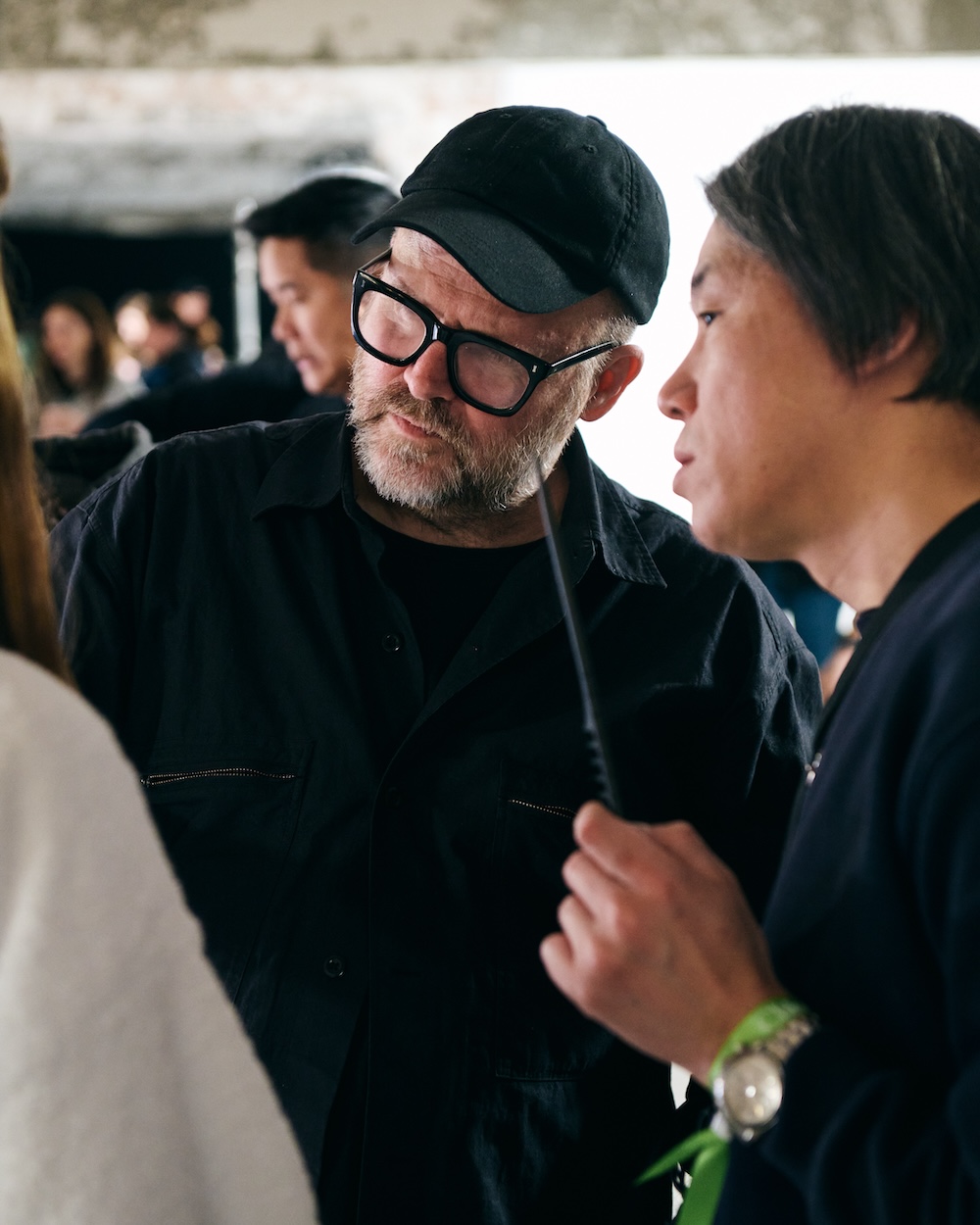
Gary Gill
“I feel that if there is too much focus on money from the beginning, the money won’t come in the end,” he says. “It is possible to have creative and financial success in this industry, but it works in a certain way, and you need to understand the rules, the system, and how to navigate it.
“After not getting paid for editorial, you should be getting paid for everything else you do – some things at lower rates and some higher. It’s not all about creative, it does become about business and knowing your worth. For every 10 people who won’t do an editorial for free there are 20 who will; that will never change, and to be honest I don’t think it should. It’s not the responsibility of the magazines, it’s the responsibility of the artist to understand when to say no when not enough money is put on the table for paid work. In recent years so many more people are wanting to do session and fashion work and it’s created an unhealthy level of pay as people are desperate to get in.
“Hairdressing at its most creative is an art form and commerce doesn’t always come into it – it’s about passion and a desire to do something that makes you feel something. As soon as money is involved, that desire, feeling and passion go away, it becomes just another job. Young people need to be encouraged, mentored and guided on how things work and decide if it’s for them. Fashion takes no prisoners and can be brutal, like any highly competitive industry. There are only a few who make it and it’s our responsibility as older artists in the industry to spell these things out.”
Related
Tax, Rates And Wage Increases Are Coming. Can Hairdressing Businesses Cope?
From April, hairdressing employers will pay more in national insurance, as well as a higher minimum wage
“We Know We Can Rely On Our Future Workforce”
Why Hooker & Young have always invested in apprentices
“We Particularly Focus On Consultation”
How Tribe Salons ensure their apprentices are salon ready
